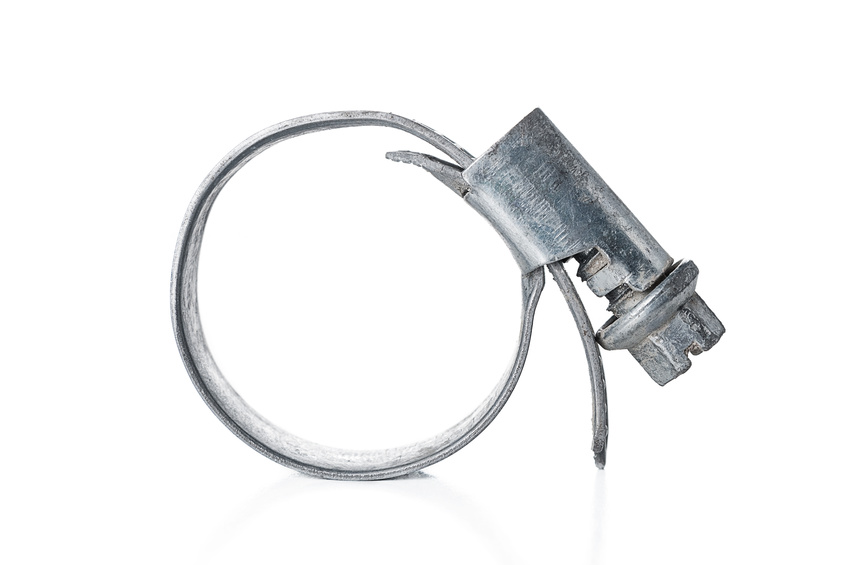There are few tools out there that are as versatile as the hose clamp. There are a number of kinds of a variety of projects and purposes. You can find hose clamps for crafting or hose clamps for plumbing problems.
The First Hose Clamp Was Developed in Britain
These versatile tools have been around for nearly one hundred years. It has been said that former British Royal Naval Commander Lumley Robinson invented the hose clamp in 1921. In that year, he was granted a patent for his invention by the London Patent Office. Since then, Commander Robisonson’s design has been copied numerous times. There are multiple patents for this simple took in many countries around the world.
During his time in the Navy. Robinson wanted to find a better way to attach pipes to hoses. After he left the military, he spent a lot of time in his garage developing effective and simple solutions to a variety of problems. He was particularly interested in finding a solution to the issue he had in the Navy. After many attempts, he developed his first hose clamp.
Determined to make a living selling his invention, Robinson traveled to London. He showed his premium hose clamps for crafting, plumbing, and other uses. Robinson almost gave up on the endeavor but his wife, Emily, believed in his dream and insisted he continue to pursue it. She even went so far as to suggest they take a second mortgage out on their home. This added money was going to be used for the materials needed to make the items.
Luckily a second mortgage on the family home was never needed. Before the need to get a loan came up, his company, the Jubilee Clips was formed and began to bring in money for the family.
War Brings Opportunity for Jubilee Clips.
Robinson passed away in 1939, before World War II came to England. It did not take long for the government to see that hose clamps for crafting could be used for a lot more. The War Department dispatched staff to oversee the takeover of Jubilee Clips. Emily held fast to the company her husband built. She went as far to as to legally change her name to Lumley-Robinson and took over the day-to-day operations of the family business. She supplied the British with hose clips through the end of WWII.
Life After the War
Emily ran Jubilee Clips through the war and afterward. Eventually, John, Lumley and Emily’s youngest son took over. When Emily changed her name, John was a minor so he changed his at the same time. Of the four children, John was the only one to use Lumley-Robinson as his last name.
Good ideas are hard to keep down and other companies took the design Robinson had developed and made their own hose clips. That did not make Jubilee Clips any less successful. In fact, it was incorporated on April 1, 1948, under the name, “L. Robinson and Company (Gillingham), Ltd. After that, its growth continued. In 1968, Jubliee Clips Ltd and Jubilee Components Ltd were created along with L. Robinson and Company (Plating).
In 2008, the business bought a new property in Gillingham, Kent. This was the location where Lumley Robinson created his first hose clip. It is fitting that all of the company’s United Kingdom work is headquartered where it all began.
Today, stories of creative and industrious people creating things at home that later become commonplace products are well known. These serve as inspirations for others who want to follow the entrepreneurial path followed by other visionaries such as Bill Gates, Jeff Bezos, or Steve Jobs. Hose clamps for crafting, cars, boats, plumbing, and other uses can be found everywhere.
One might wonder what Commander Lumley Robinson was thinking when he was working with his friend in his garage. Did he know his invention would be used so widely? We will never know but it is clear that his wife, Emily, saw the potential in her husband’s work and for that, we are all grateful.


